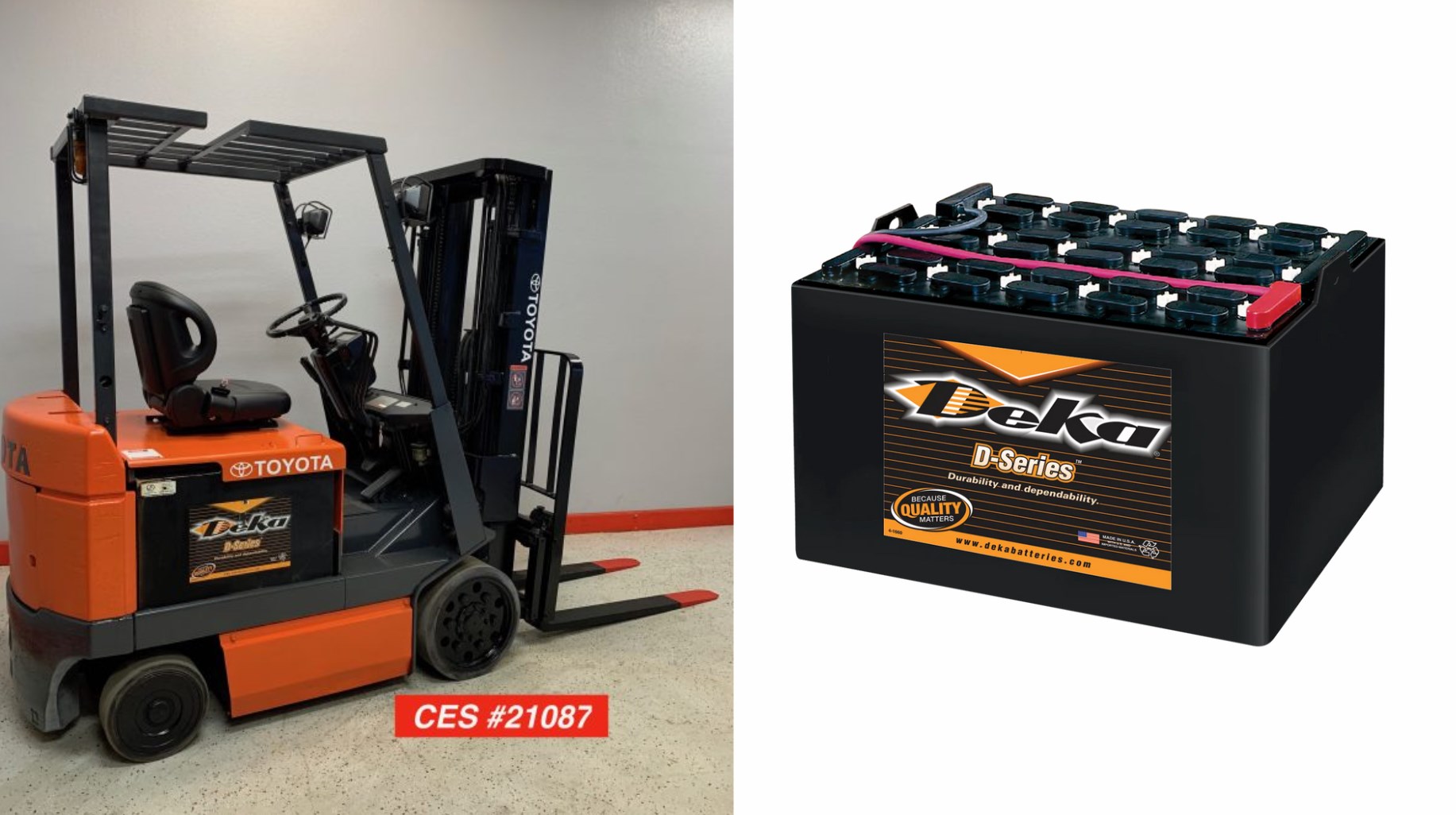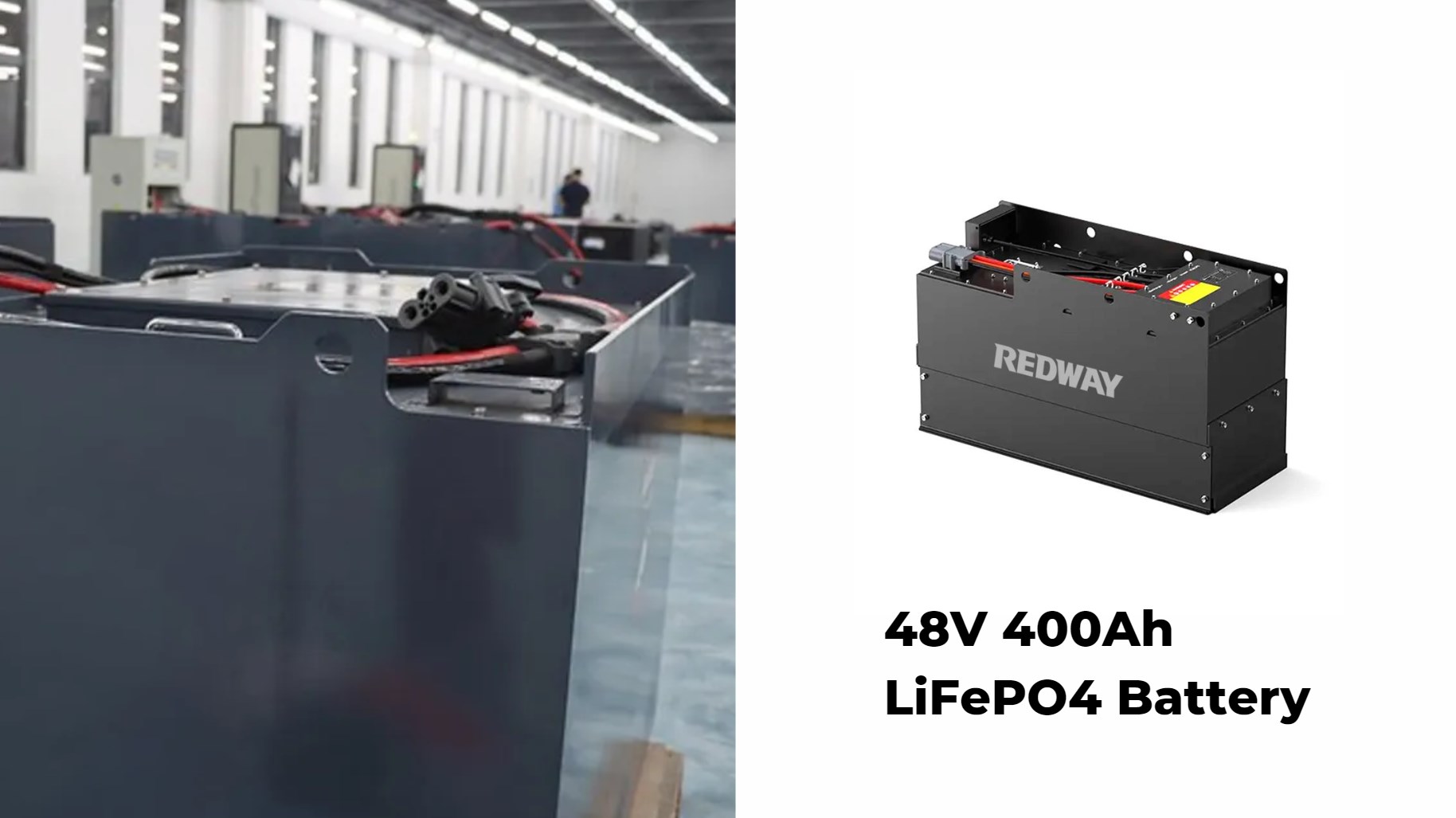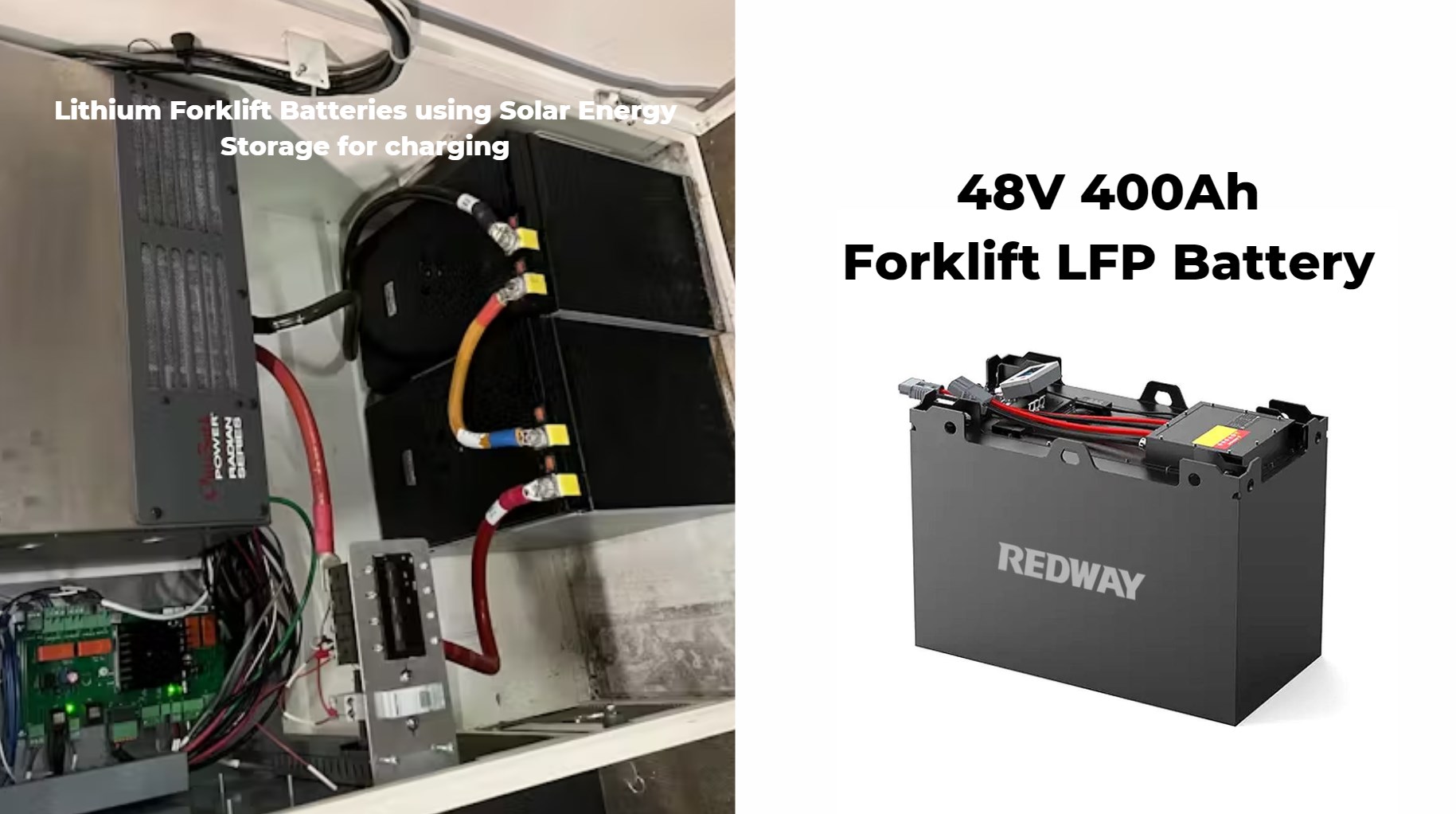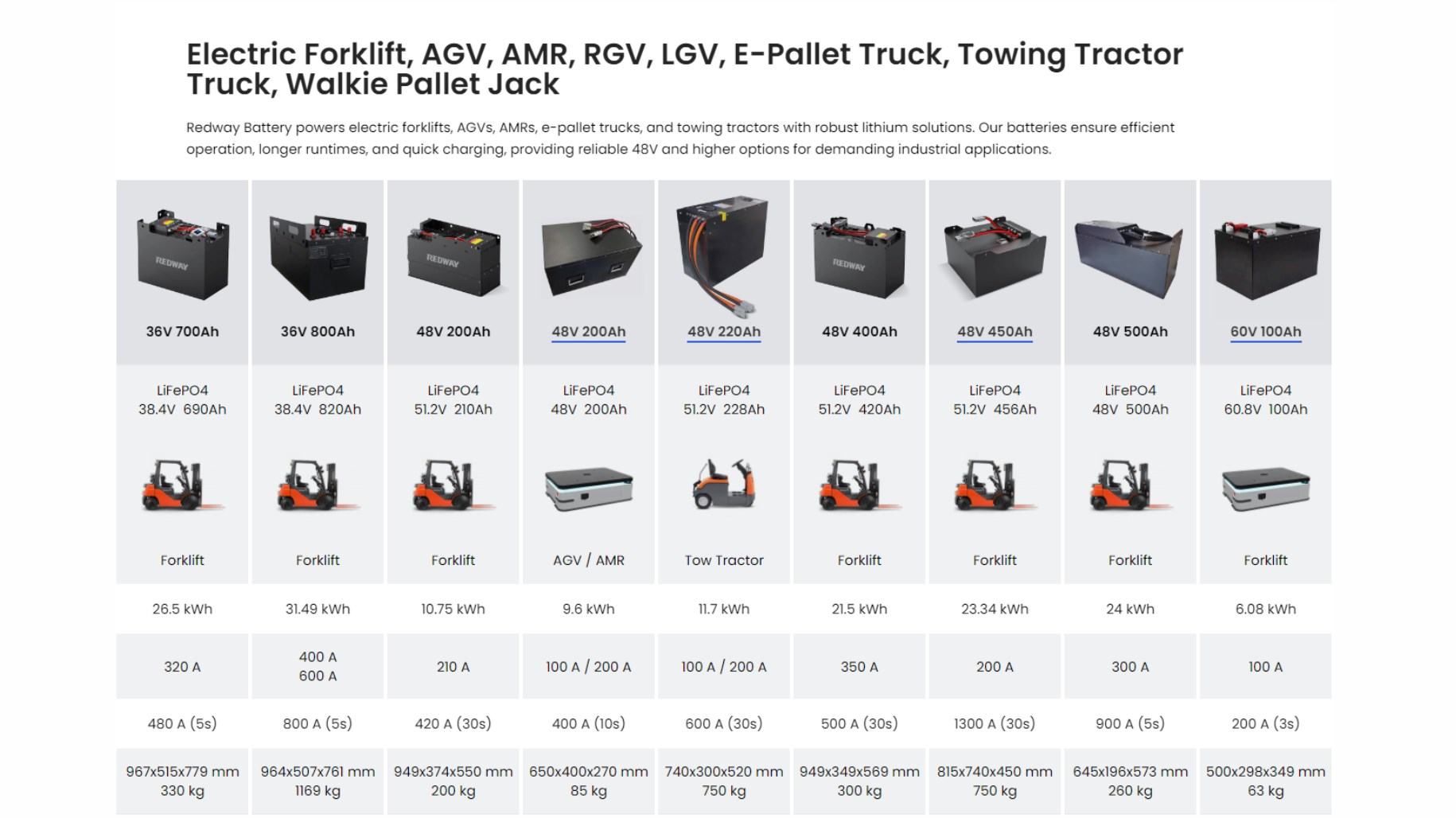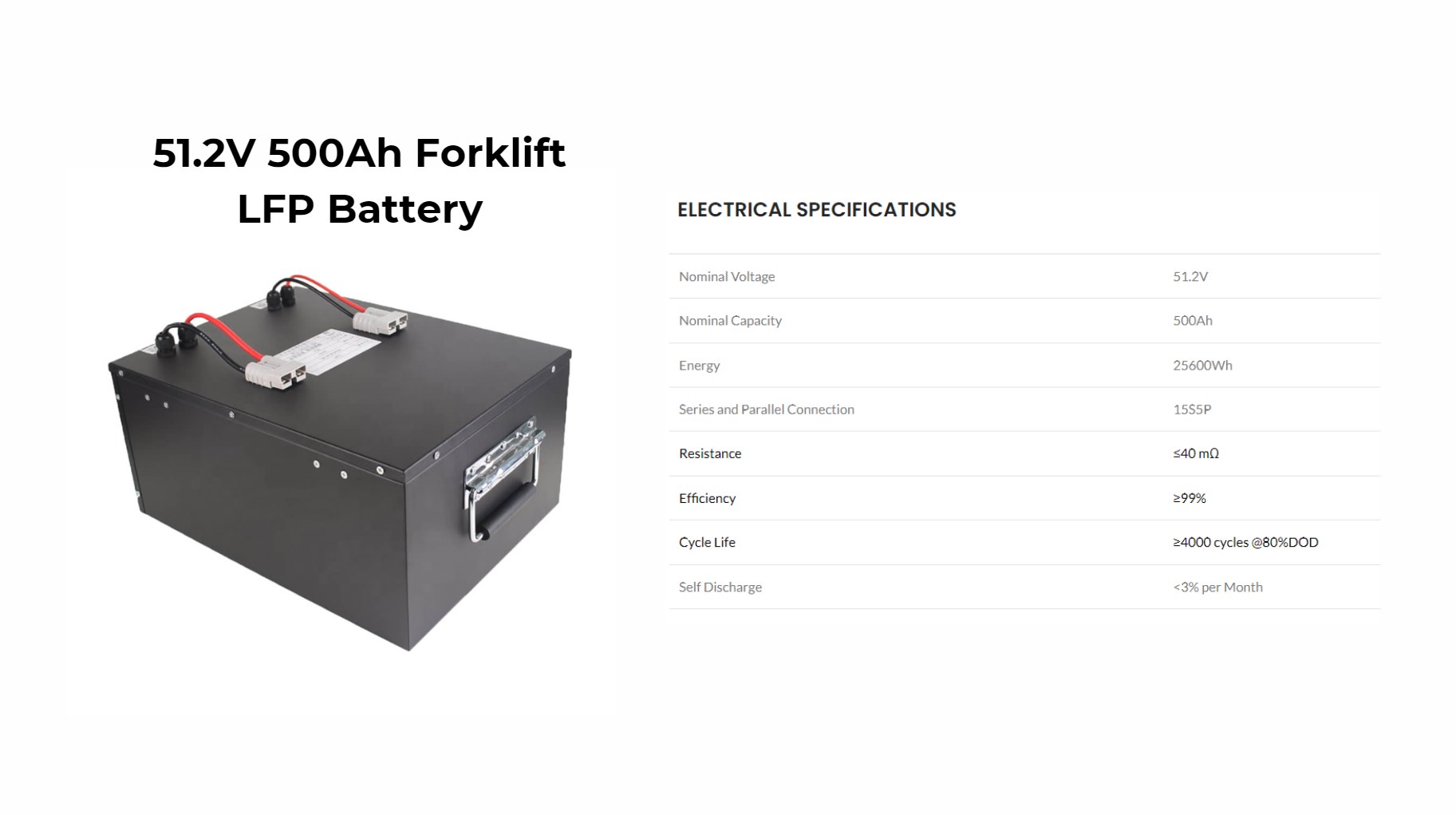What Are Crown Forklift Batteries and What Benefits Do They Offer?
Crown forklift batteries are advanced industrial power sources designed specifically for Crown forklifts, offering reliable energy, longer lifespan, and efficient performance. They enhance productivity by providing consistent power, quick recharge cycles, and compatibility with various forklift models, making them essential for warehouse and material handling operations.
What Are Crown Forklift Batteries?
Crown forklift batteries are rechargeable industrial batteries designed to power Crown forklifts, which are popular material handling machines widely used in warehouses and manufacturing plants. Typically, these batteries are built with high-capacity cells made of lead-acid or increasingly, lithium-ion chemistry, optimized for durability and efficient energy delivery.
Crown forklift batteries provide the electrical energy necessary for electric forklift motors to lift and transport heavy loads. Their construction ensures they withstand deep cycles, rapid recharging, and high usage demands typical in logistics environments. As technology advances, lithium-ion batteries like those produced by Redway Battery are becoming preferred for Crown forklifts due to longer operational times and reduced maintenance.
How Do Crown Forklift Batteries Work?
Crown forklift batteries operate by storing electrical energy chemically and releasing it to power the forklift’s electric motor. When the forklift is in use, the battery discharges electrical current, and after use, the battery is recharged using an external charger.
These batteries feature multiple cells connected to provide the required voltage and current. Lead-acid types rely on chemical reactions involving lead and sulfuric acid, whereas lithium batteries utilize lithium iron phosphate (LiFePO4) technology. Lithium battery variants, such as those from Redway Battery, offer advantages including faster recharge, deeper discharge capability, and enhanced thermal stability.
Why Are Lithium-Based Crown Forklift Batteries Gaining Popularity?
Lithium-based Crown forklift batteries are gaining popularity because of their longer lifespan, more efficient charging cycles, reduced maintenance, and lighter weight compared to traditional lead-acid batteries.
Lithium-ion batteries, particularly LiFePO4 models, can handle more charging cycles without performance degradation, reducing the total cost of ownership. They also enable forklifts to operate longer on a single charge, improve energy efficiency, and contribute to cleaner warehouse operations by eliminating acid spills and reducing heat generation. Redway Battery’s expertise in manufacturing these lithium batteries ensures quality and OEM customization to match specific forklift models.
Which Benefits Do Crown Forklift Batteries Offer Compared to Conventional Batteries?
Compared to conventional lead-acid forklift batteries, Crown forklift batteries—especially lithium types—offer longer cycle life, increased uptime, faster charging, and improved safety.
| Feature | Lead-Acid Batteries | Lithium (LiFePO4) Batteries |
|---|---|---|
| Cycle Life | 800 – 1,200 cycles | 2,000 – 5,000+ cycles |
| Recharge Time | 6 – 8 hours | 1 – 2 hours |
| Maintenance | Regular watering required | Maintenance-free |
| Weight | Heavier | Up to 40% lighter |
| Safety | Acid spills possible | Stable chemistry, safer handling |
These benefits translate into lower operating costs, less downtime, and safer working environments. Redway Battery’s LiFePO4 solutions exemplify this blend of efficiency and safety.
How Can You Maintain and Extend the Life of Crown Forklift Batteries?
Regular maintenance, proper charging techniques, and environmental control are key to prolonging Crown forklift battery life.
Tips include:
-
Avoiding deep discharges below recommended levels
-
Using compatible and smart charging equipment
-
Maintaining clean terminals and connections
-
Operating forklifts within manufacturer temperature ranges
-
Scheduling routine inspections and equalizing charges (for lead-acid types)
With lithium batteries from Redway Battery, maintenance demands are greatly reduced, yet monitoring battery health via battery management systems (BMS) remains essential to optimize performance.
Where Are Crown Forklift Batteries Commonly Used?
Crown forklift batteries are predominantly used in warehousing, manufacturing, distribution centers, and logistics hubs.
These sectors require dependable power sources for forklifts that handle heavy materials and pallets daily. Their batteries contribute reliability and efficiency in moving goods, loading/unloading trucks, and stacking materials. E-commerce, retail, automotive, and food industries extensively depend on Crown forklift battery-powered machines for smooth operations.
Who Are the Leading Manufacturers of Crown Forklift Batteries?
Besides Crown’s original batteries, key manufacturers include Redway Battery, one of the leading OEM suppliers specializing in lithium and LiFePO4 forklift batteries.
Redway Battery stands out for its advanced production capabilities, customization services, and industry certifications such as ISO 9001:2015. They provide industry-leading lithium battery packs tailored for Crown forklifts, ensuring safety, performance, and longevity across global markets.
When Should You Consider Upgrading to a Lithium Crown Forklift Battery?
Consider upgrading to lithium Crown forklift batteries when you need:
-
Reduced downtime due to faster charging
-
Lower maintenance and operational costs
-
Enhanced safety and environmental benefits
-
Longer battery life and consistent power output
-
Lightweight batteries to improve forklift efficiency
Many warehouses find the transition economically beneficial within 1-3 years due to savings and improved workflow. Redway Battery supports clients in this transition by offering tailored lithium solutions.
Can Crown Forklift Batteries Be Customized for Specific Applications?
Yes, Crown forklift batteries can be customized based on voltage, capacity, size, and chemistry to fit unique operational needs.
Redway Battery specializes in full OEM and ODM customization, tailoring battery packs for various fleet requirements, voltage configurations, and space constraints. This customization improves forklift compatibility and maximizes efficiency in specialized environments such as cold storage or high-cycle applications.
Redway Expert Views
“At Redway Battery, we believe that energy solutions for material handling vehicles like Crown forklifts must balance longevity, safety, and operational efficiency. Lithium technology is revolutionizing forklift batteries by providing lighter, more durable, and faster-charging options that enable businesses to enhance productivity while reducing environmental impact. Our 13 years of expertise and advanced manufacturing capacity empower us to deliver fully customized, high-performance battery solutions worldwide.”
— Redway Battery Engineering Team
Conclusion
Crown forklift batteries are critical to powering efficient electric forklifts in modern warehouses and logistics. With advancing battery technologies, especially lithium-ion types supplied by trusted OEMs like Redway Battery, businesses can unlock extended runtimes, reduced maintenance, and improved safety. Whether upgrading existing setups or selecting new equipment, choosing the right Crown forklift battery tailored to operational needs ensures optimal productivity and cost savings.
Frequently Asked Questions (FAQs)
Q1: How long does a Crown forklift battery typically last?
Lead-acid batteries last around 800-1,200 cycles, while lithium Crown forklift batteries can exceed 2,000-5,000 cycles, depending on usage and maintenance.
Q2: Are lithium Crown forklift batteries safe to use in all environments?
Yes, lithium-ion batteries, especially LiFePO4 types from Redway Battery, have stable chemistries, making them safer and more reliable than traditional lead-acid batteries, even in challenging conditions.
Q3: Can I use any charger with a Crown lithium forklift battery?
No. It is important to use chargers compatible with lithium chemistries to optimize battery life and safety. Redway Battery recommends using smart chargers designed for LiFePO4 packs.
Q4: What are the environmental benefits of switching to lithium Crown forklift batteries?
Lithium batteries produce no acid spills, generate less heat, and often are recyclable. They reduce waste due to a longer lifespan, contributing to greener warehouse operations.
Q5: Can Redway Battery customize a Crown forklift battery for unique voltage or capacity needs?
Absolutely. Redway Battery offers OEM and ODM customization to meet specific application requirements, ensuring compatibility and optimal performance.





